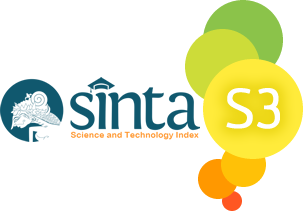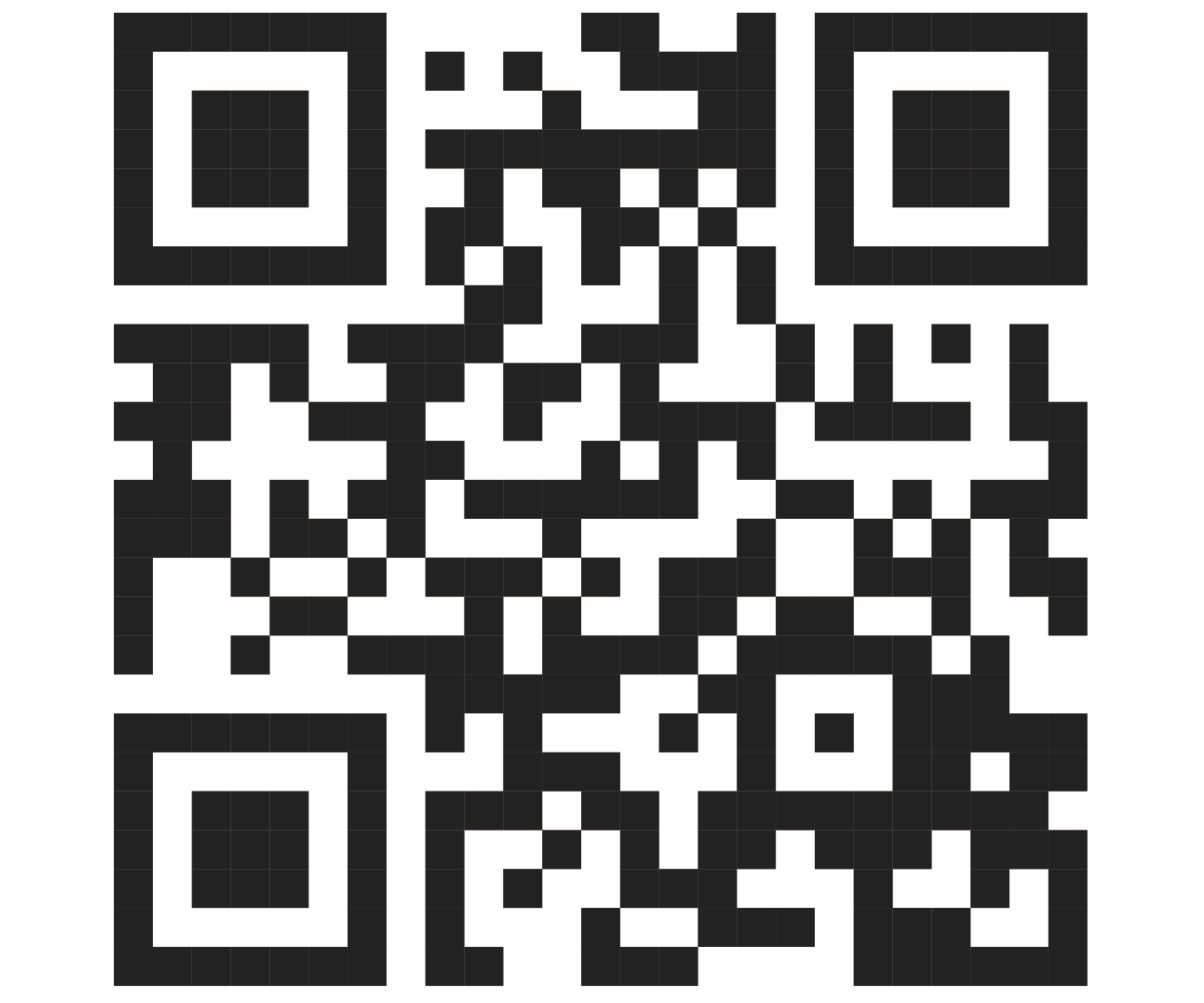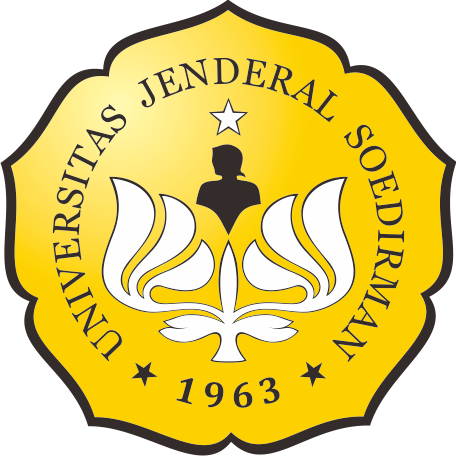IDENTIFIKASI BAKTERI PENGOKSIDASI BESI DAN SULFUR BERDASARKAN GEN 16S rRNA DARI LAHAN TAMBANG TIMAH DI BELITUNG
Abstract
Heavy metals contamination disturb balance and diversity of microorganism in soil. Microorganisms which can able to survive in those conditions are bacteria capable of oxidizing heavy metals. Identification based on 16S rRNA was used to determine characteristics and phylogenetic relationship of bacteria which can oxidize iron and sulphur in tin mining areas. The aim of this research was able to determine the bacterias characteristics isolated from tin mining areas and determine the phylogenetic relation of iron-sulphur oxidizing bacteria on tin mining soil in Belitung based on 16S rRNA sequences. This research was done using descriptive method, including isolation, morphological characterization, and identification based on 16S rRNA sequences. Morphology characterization includes colony and cell morphology through Gram staining. Molecular characterization includes amplification of 16S rRNA gene (Polymerase Chain Reaction/ PCR), electrophoresis amplicon and sequencing. Bacteria identification was done by comparing the 16S rRNA gene sequence in GenBank. The result showed three bacterias were identified by 16S rRNA have a similarity with Bacillus anthracis strain Ames, Bacillus cereus ATCC 14579, Staphylococcus sciuri subsp. Sciuri strains DSM 20345 and Micrococcus luteus NCTC 2665.
Keywords
Full Text:
PDFReferences
Ambarwati, S. 2002. Pengendapan sulfida merkuri, timbal, dan kadmium menggunakan bakteri pereduksi sulfat yang diisolasi dari Cisolok dan Muara Angke [tesis]. Institut Pertanian Bogor-Bogor.
Brock DT, Madigan MT. 1991. Biology of microorganism. Englewood, New Jersey: Prentice Hall International, Inc.
Bruce KD, Hiorns WD, Hobman JL, Osborn AM, Strike P, Ritchie DA. 1992. Amplification of DNA from native populations of soil bacteria by using the polymerase chain reaction. Applied and Environmental Microbiology. 58(10): 3413-3416.
Cappuccino JG, Sherman N. 1987. Microbiology: a laboratory manual. New York: The Benjamin/Cummings Publishing Company.
Dara ICM. 2000. Populasi bakteri Thiobacillus ferooxidans di kolom tanah yang berasal dari sedimen berpirit dari delta telang, Musi Banyuasin, Sumatera Selatan yang mengalami pengeringan dan pencucian [tesis]. Program Pascasarjana Institut Pertanian Bogor-Bogor.
De Fos P, Garrity GM, Jones D, Krieg NR, Ludwing W, Rainey FA, Schleifer KH, Whitman WB. 2009. Bergey’s manual of systematic bacteriology. 2nd ed. Volume three. New York: The Firmicutes,Springer.
Dent, D., 1986. Acid Sulphate Soils : A Baseline for Research and Development. Wageningan.
Dixon DS. 2013. Analysis of virulence-assosiated petrobactin reacquisition in Bacillus anthracis [dissertation]. University of Michigan-US.
Dunger, W, Fiedler HJ. 1989. Methoden der bodenbiologie. 2nd ed. New York: Gustav Fischer Verlag.
Erskini, B. 1994. Penelitian leaching mikroba mineral sulfida daerah Sangkaropi Sulawesi Tenggara. Majalah BPPT. LVII: 119.
Hakim N, Nyakpa MY, Lubis AM, Nugroho SG, Diha MA, Hong GB, Bailey HH. 1986. Dasar-dasar Ilmu Tanah. Lampung: Penerbit Universitas Lampung.
Hall BG. 2001. Phylogenetic trees made easy : a how to manual for molecular biologist. Sunderland: Sinaeur Associates, Inc. 12: 179.
Handoyo D, Ari R, 2001. Manipulation and ekspression of recombinant DNA : a laboratory manual. 2nd ed. London: Elsavier Academic Press.
Hazra F, Widyawati E. 2007. Isolasi, seleksi bahan pembawa dan formulasi inokulum Thiobacillus spp. Jurnal Tanah dan Lingkungan. 9(2): 71-76.
Herison C, Rustukawati, Eliyanti. 2003. Penentuan protokol yang tepat untuk menyiapkan DNA genom cabai. Jurnal Akta Agrosia. 6(2): 38-43.
Mariana ZT, Razie F, Septiana M. 2012. Populasi bakteri pengoksidasi besi dan sulfur akibat penggenangan dan pengeringan pada tanah sulfat masam di Kalimantan Selatan. Agroscientise. 19(1): 22-27.
Muyzer G, De Waal E, Uitterlinden G. 1992. Profiling of complex microbial populations by denaturing gradient gel electrophoresis analysis of polymerase chain reaction-amplified genes coding for 16s rRNA. 59(3): 695-700.
Noer A. 1998. Potensi dan prospek investasi di sektor pertambangan dan energi 1998-1999 dalam Nazwar Nazaruddin, editor. Jakarta: Departemen Pertambangan dan Energi dan Yayasan Krida Caraka Bhumi.
Novera, Y. 2008. Analisis vegetasi, karakteristik tanah, dan kolonisasi Fungi Mikoriza Arbuskula (FMA) pada lahan bekas tambang timah di Pulau Bangka [tesis]. Program Pascasarjana Institut Pertanian Bogor-Bogor.
Nurseha, Djajakirana G. 2004.Isolasi dan uji aktivitas bakteri asidofilik pengoksidasi besi dan sulfur dari ekosistem air hitam di Kalimantan Tengah. Jurnal Tanah dan Lingkungan. 6(2): 51-56.
Ohnishi A, Nagano A, Fujimoto N, Suzuki M. 2009. Examination and comparison of microbial diversity in field-scale sewage sludge composters. Tokyo University of Agriculture-Japan.
Pangastuti A. 2006. Definisi spesies prokaryota berdasarkan urutan basa gen penyandi 16s rRNA dan gen penyandi protein. Jurnal Biodiversitas. 7(3): 292-296.
Pitcher DG, Saunders NA, Owen RJ. 1989. Rapid extraction of bacterial genomic DNA with guanidium thiocyanate. Journal of Applied Microbiology. 8: 151-156.
Pons LJ, Van Breemen N, Driessen P. 1982. Coastal sedimentary environments influencing the development of potential soil acidity. In Kittrick A, Fanning DS, Hossner LR, editors. Acid sulphate weathering. Madison USA: SSSA Special Pub. 10: 1-18.
Ragusa S, Madgwick J. 1990. Acidophilic, iron oxidizing bacteria in mineral leaching. Journal of Australian Biotech, 4(2): 310-319.
Riffiani, R. 2010. Pengucilan gen penyandi nitrilase dari beberapa lsolat bakteri indonesia, sebagai landasan untuk perekayasaan biokatalis untuk produksi senyawa obat anti-lnflamasi nonsteroid. Bogor: Pusat Penelitian Biologi-LIPI.
Sambrook J, Fritsch EF, Manniatis T. 1989. Molecular cloning: a laboratory manual. 2nd ed. New York: Cold Spring Harbour Laboratory Press.
Sandrin TR, Maier RM. 2003. Impact of metals on the biodegradation of organic pollutants. Environ. Hlth. Persp. 111: 1093-1101.
Schlegel HG, Schmidt K. 1994. Mikrobiologi Umum [diterjemahan oleh Tedjo Baskoro]. Yogyakarta: Gajah Mada University Press.
Setiadi Y: The revegetation strategies for rehabilitating degraded land after mine operation [Internet]. 2006 [diakses 1 Mei 2013]. Tersedia di: www.mm.helsinki.
Sitorus SRP, Kusumastuti E, Nurbaeti Badri L. 2008. Karakteristik dan teknik rehabilitasi lahan pasca penambangan timah. Jurnal Tanah dan Iklim. 27: 57- 74.
Stackebrandt E., Goebel BM. 1995. A place for DNA reaqssiciation and 16S rRNA sequence analysis in the present species definition bacteriology. International Journal of Systematic Bacteriology. 44: 846-849.
Subagyono K, Suwardjo H, Widjaya-Adhi IPG. 1987. Reklamasi tanah sulfat masam dengan pengelolaan air. Inf. Pen. Tanah, Air, Pupuk dan Lahan. 70: 25-29.
Sugio T, Uemura S, Makino I, Iwahori K, Tano T, Blake RC. 1994. Sensitivity of iron oxidizing bacteria, Thiobacillus Ferrooxidans and Leptospirillum Ferrooxidans to bisulfite ion. Appl. Environ. Microbiol. 60(2): 722725.
Sujitno S. 2007. Sejarah timah di Pulau Bangka. Pangkalpinang: PT. Tambang Timah Tbk.
Untung SR. 1999. Isolating Thiobacillus ferrooxidans from the Cikotok gold mine for leaching purposes. Indonesian Mining Journal. 5: 5456.
Widyawati E. 2008. Peranan mikroba tanah ada kegiatan rehabilitasi lahan bekas tambang (roles of soil microbes in ex-mining land rehabilitation). Info Hutan. 2: 151-160.
Yusron M. 2009. Pengolahan air asam tambang menggunakan biofilm bakteri pereduksi sulfat [tesis]. Program Pascasarjana Institut Pertanian Bogor-Bogor.
Zhuang WQ, Tay JH, Maszenan AM, Krumholz LR, Tay ST. 2003. Importance of gram-positive naphthalene-degrading bacteria in oil-contaminated tropical marine sediments. Lett Appl Microbiol. 36: 251.
Article Reads
Total: 21054 Abstract: 3487 PDF: 17567Refbacks

This work is licensed under a Creative Commons Attribution-ShareAlike 4.0 International License.
This website is maintained by:
Bio Publisher
The Faculty of Biology Publishing
Faculty of Biology
Universitas Jenderal Soedirman
Jalan dr. Suparno 63 Grendeng
Purwokerto 53122
Telephone: +62-281-625865
Email: biologi@unsoed.ac.id
T his website uses:
OJS | Open Journal System
A free journal management and publishing system that has been developed by the PKP (Public Knowledge Project) version 2.4.8.0.
All article content metadata are registered to:
Crossref
An official nonprofit Registration Agency of the International Digital Object Identifier (DOI) Foundation.
Articles in this journal are indexed by:









